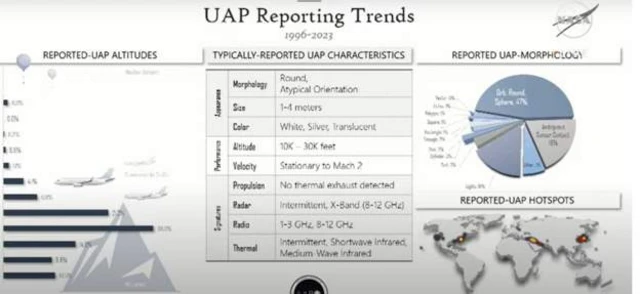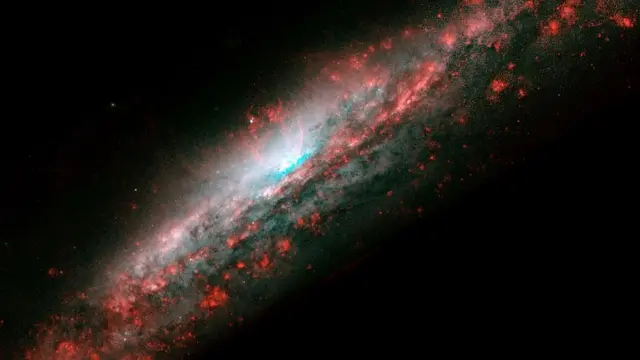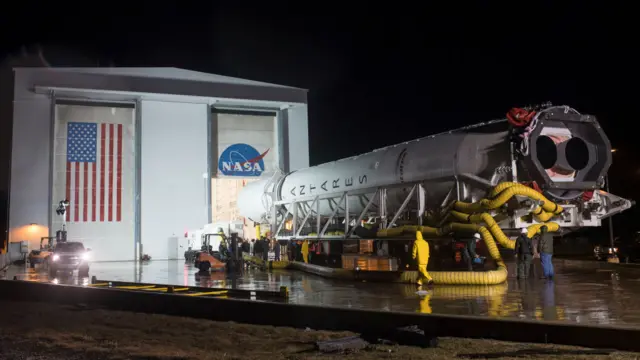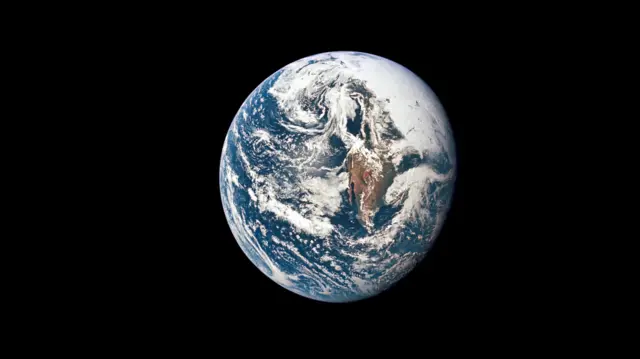To infinity and beyondpublished at 20:36 BST 31 May 2023
Brandon Livesay
Live reporter
Bart Simpson balloons and rogue microwave oven lunches were not topics we thought would be brought up today, but when the topic of UFOs is being talked about- anything can happen.
It's been a wide-ranging discussion today from the team at Nasa, and one that is truly fascinating.
If you were hoping there would be some concrete proof that aliens exist, we didn't get it today.
But we learned a lot about the sheer scale of what scientists are doing as they monitor for potential unidentified anomalous phenomena (UAPs), and in their search to find life beyond Earth.
Nasa is hoping to release its report in July.
Today's page was edited by Brandon Livesay and Jamie Whitehead.
The writers were Sam Hancock, Malu Cursino, Gabriela Pomeroy, Bernd Debusmann Jr and Juan Benn.
You can catch up on the big moments from today's Nasa event here.






